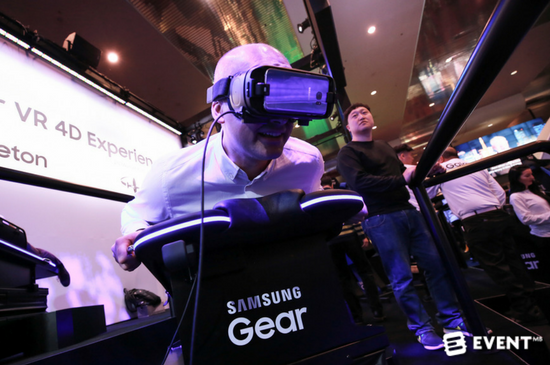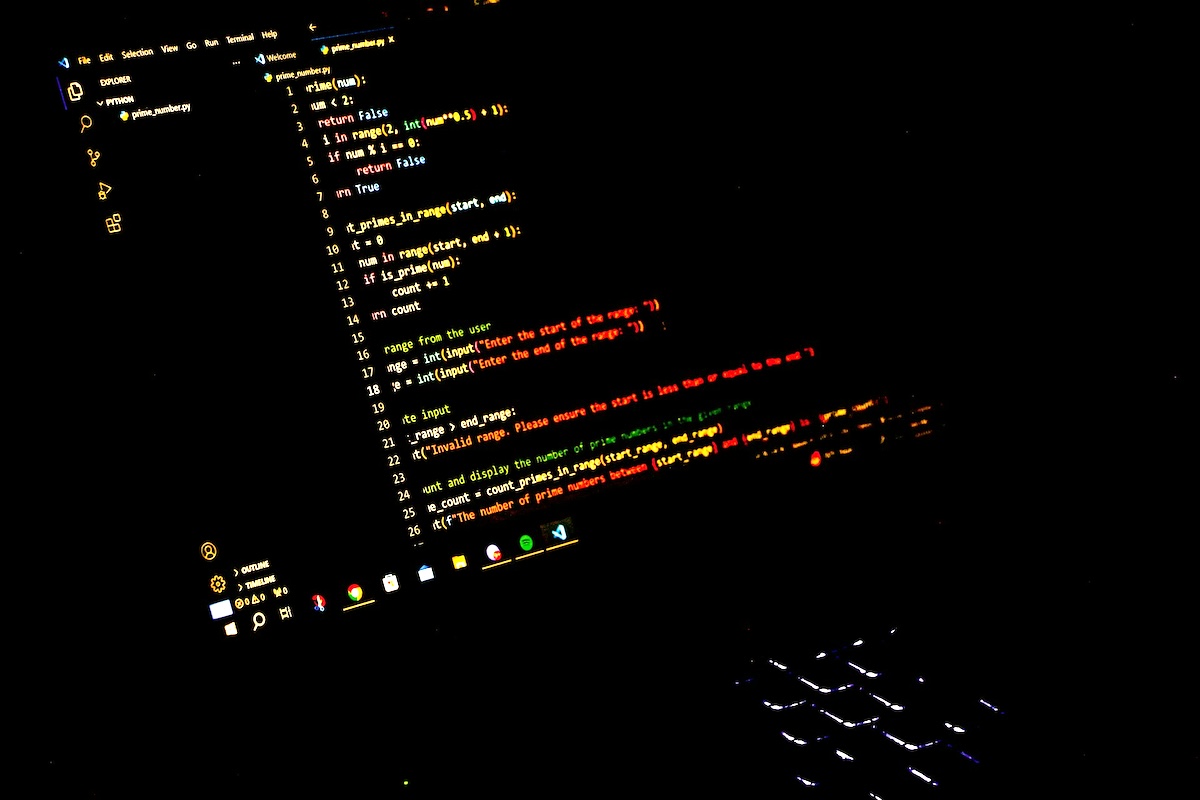Skift Take
It seems that nobody can escape virtual reality, least of all the event industry. Here we identify five of the rising trends we're seeing right now.
This time last year, virtual reality adoption appeared to be very much on the rise and many of us speculated about how it would affect the events industry. It’s fair to say that since then, VR has exploded into the mainstream and is already seeing many exciting use cases in events. Here we list five of the biggest VR trends we’re seeing and how they are affecting the events industry right now.
1. The Virtual event
A lot of the VR buzz right now is around sporting events like the Rio Olympics and Super Bowl LI. Live music is also responding well with artists like Lil Wayne supporting the revolution. VR enables remote spectators to experience the event not only as if they were there themselves, but closer to the action than ever before.
The virtual event space also brings with it plenty of opportunity for partnerships and co-branding. A deeper level of immersion can bring a deeper level of engagement. Subsequently, this leads to lots of opportunities for sponsorship and branding. The ability to live stream VR content straight to viewers’ social feeds also makes it easier for that branding to reach a broader audience in real-time.
2. Enhancing the Live Event Experience
VR can also be used to enhance the experience for event attendees, as demonstrated by Intel at CES 2017. For Intel CEO, Brian Krzanich’s keynote, the venue was equipped with over 200 headsets, bringing a virtual world to a real-world event experience.
3. Virtual Reality Lite
Riding merrily on the coattails of virtual reality is 360º video. For the viewer, 360º video has a much lower barrier to entry than full VR, requiring only a mobile device to experience the virtual world – albeit through the window that is their mobile device.
Another area where we’re beginning to see a real rise in 360º technology is venue tours. This is a real plus for event planners doing venue research. While it may not be as good as going there yourself (yet), it can provide a good opportunity for triage.
4. Mobile VR
It’s a mobile-first world these days so it should come as no surprise at all to find that for many, the entry point for VR is their mobile phone. The range of VR options for mobile users is huge, starting with Snapchat’s VR Lite option, all the way up to Samsung’s Gear VR. For event planners, it’s worth remembering that almost everyone has the capability to access some level of VR via their mobile device.
5. Social Media as a Gateway to VR
As demonstrated by Twitter’s partnership with the Oscars, social media is very much proving to be the gateway for live streamed events. Further illustrating the point, Snapchat also provided a unique view of the Golden Globes via their Spectacles. High profile examples aside, social media also gives control back to the user. For this reason, your event attendees could also provide a VR or gateway to your event via social media. Facilitating this in the right way could prove to be hugely beneficial.
In Conclusion
The event industry is now awash with great examples of VR and although it’s a little too soon to call it mainstream, it appears that we are reaching the tipping point. The question now is not if, but when and how you will be using VR in your events.





